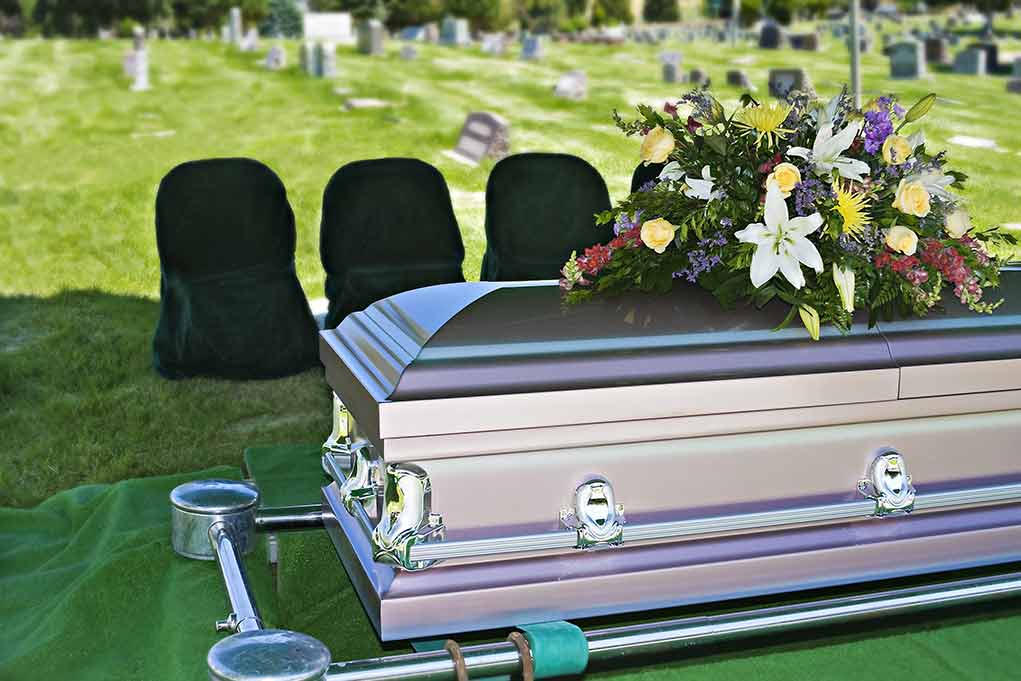A funeral wake turned into a crime scene when Alan Wharton hit a mourner with such force that it left the victim with serious facial injuries.
The Incident Unfolds
During a solemn funeral wake, Alan Wharton viciously punched a fellow attendee, bringing a shocking conclusion to what should have been a moment of mourning. Wharton’s attack, described as “absolutely ferocious” by Judge Gavin Doig, resulted in multiple fractures to the victim’s face, including a deviated nose. The assailant had been on a suspended sentence for battery at the time, worsening the ramifications of this unprovoked assault.
Such instances reveal the human anatomy’s vulnerability, with the victim enduring dislocated facial features. Wharton’s suspended sentence of ten months, alongside a compensation fee of £5,000, reflects the legal system’s response to the violence. This attack underscores the dire consequences of unchecked emotions, calling for a deeper investigation into violent triggers. This was especially poignant against the backdrop of mourning and familial loss.
Analyzing the Triggers
This violent attack during a highly sensitive event has drawn attention to the emotional and psychological triggers that can prompt such incidents. Between emotions running high and the mixing of alcohol, individuals can quickly escalate. Community discussions focus on preventing such aggression, highlighting the necessity of understanding root causes in similar scenarios to avert future occurrences.
“The victim had his arms by his side at the time you ferociously punched him for no reason.” – Judge Gavin Doig.
Awareness of emotional vulnerabilities during events like funeral wakes is crucial. It sheds light on gauging and mitigating potential psychological stresses. To facilitate this, there’s a need to educate and equip communities with strategies for managing aggression and emotional pain in constructive ways during precarious times.
Preventing Future Violence
Efforts to prevent future violent outbursts should focus on offering support to individuals during challenging emotional periods. Establishing a network of support and intervention strategies, particularly in high-stress environments, can act as a deterrent to potential violence. Awareness campaigns and community safety measures might prevent similar tragedies during emotionally charged circumstances.
“This was an absolutely ferocious blow.” – Judge Gavin Doig.
Community educational programs can raise understanding of managing grief and emotional distress. Incorporating lessons on emotional intelligence and coping mechanisms into public instruction offers a proactive step toward creating more empathetic and responsible communities. This event remains a poignant reminder of the fragility of human interactions under duress and the need to cultivate a culture of compassion and understanding.
Sources:
https://www.solihullobserver.co.uk/news/grieving-brother-injured-in-funeral-wake-attack-4700/
